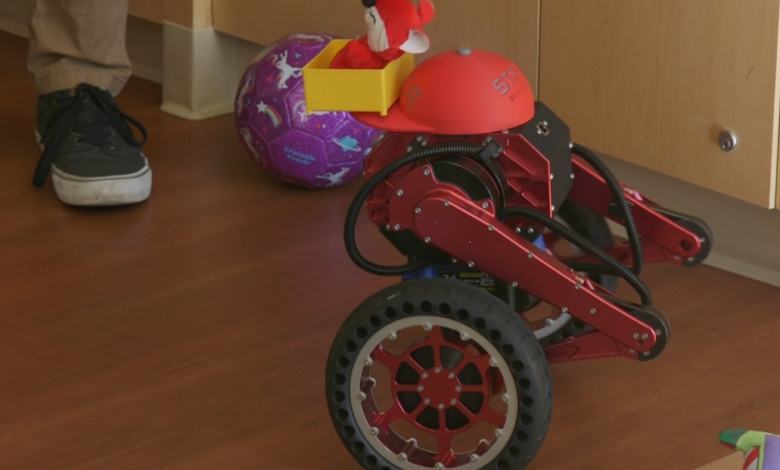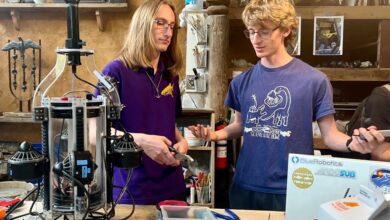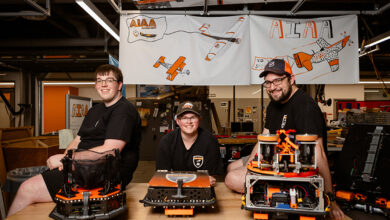Robotic puppies are therapeutic also! | Health

STANFORD, Calif. (Ivanhoe Newswire) — A recent peer reviewed study indicates that children who spend time with therapy dogs can lower their stress even more than relaxation exercises.
That outcome becomes even more important when the child is in the hospital. But what happens when there are not enough therapy dogs? Ivanhoe introduces us to Otis, Max and Stride.
Seven-year-old Josh Summitt misses walking his dogs during his time at the hospital. So, Stanford Children’s Health introduced him to the next best thing.
Josh says, “I kinda felt a little bit nervous to meet the dogs. But after I met them, they were very, very friendly.”
The robotic dogs known as Max, Otis, and Stride are Stanford’s way to curb the anxiety being felt by their young patients.
The endeavor is a collaboration between the university’s robotic students and the hospital’s Chariot Program which seeks out innovations that can help patients.
Gabriel Levine, Engineering Student at Stanford University says, “A lot of robotics technologies get developed in a lab and never has any real impact on the world. But we can see immediately the impact, cheering these kids up.”
While therapy animals have long been known to help reduce pain, anxiety, and depression, doctors are encouraged that the robotic dogs are already showing some of the same benefits.
Ellen Wang, MD, Co-Director of the Chariot Program, says, “It’s amazing. They’re so joyful. I think that having these robotic puppies being a part of our team has allowed us to engage them in a way that was not possible before.”
Teresa Nguyen, MD, Anesthesiologist at Stanford Children’s Health, says, “We’ve had experiences in the past where a patient enjoyed hanging out with the robot so much, he almost forgot he was going to surgery, and that’s really powerful.”
Josh’s mom, Amelia Summitt, has also seen a difference.
Amelia says, “And it’s really sparked his curiosity. He can still be seven and be excited and play.”
Stanford Children’s Health is just completing its pilot phase with the robots, and based upon the popular response, this is only the beginning. The Stanford students are now developing a new version of the robot dog that promises to be more agile than before.



